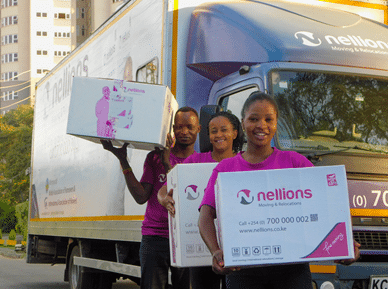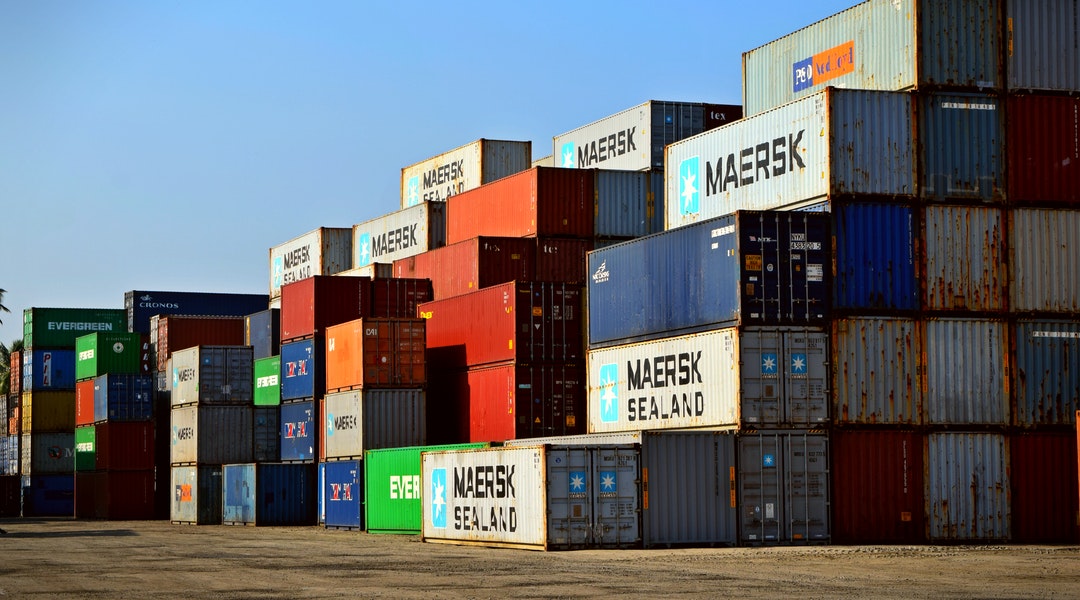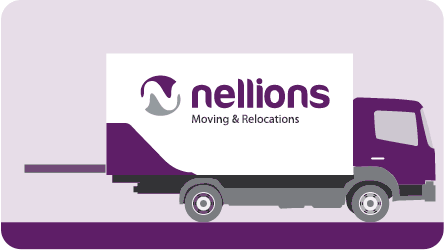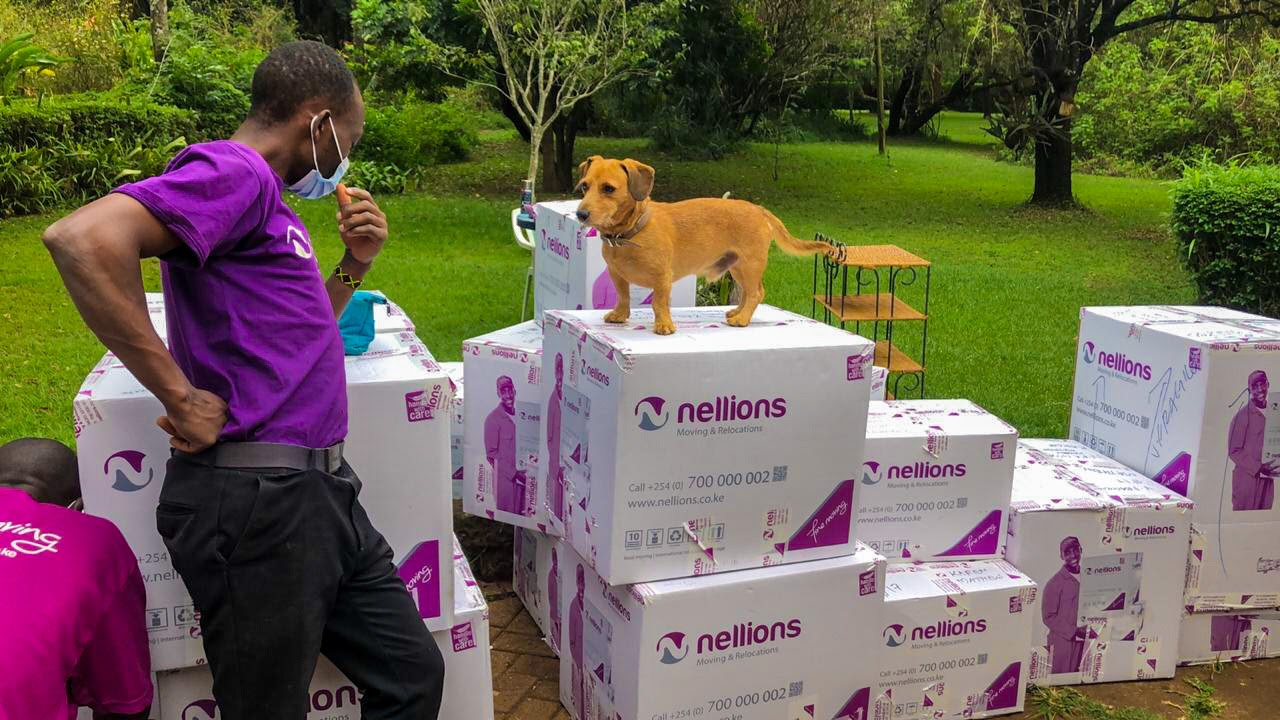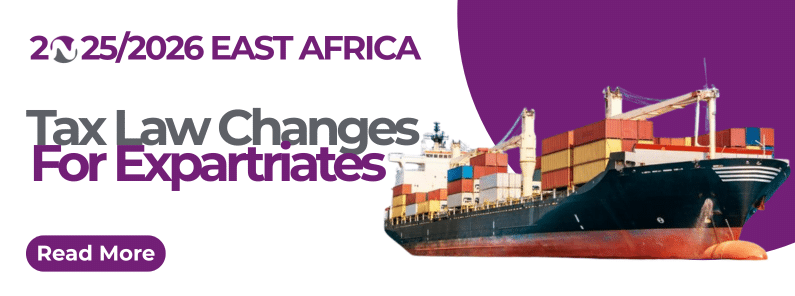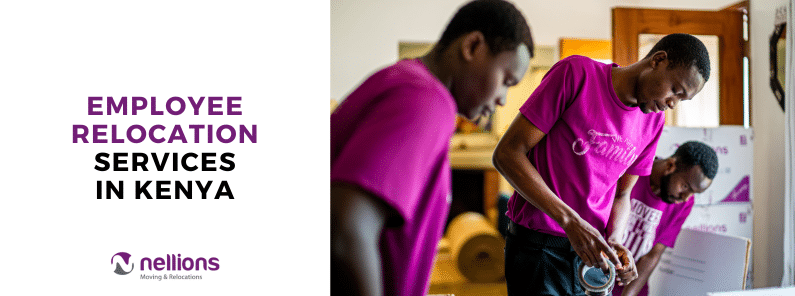If you’ve taken the time to explore your neighbourhood, or if you’re considering moving to any of Kenya’s top hoods, it won’t be long before you encounter some containers, hence, the need for buying a container in Kenya.
That’s because used, modified cargo containers have become quite popular, whether it’s for modular homes, offices, or other business premises such as stores and restaurants.
A brief history of containerization
But long before containers first appeared on the scene, freight was manually handled as break-bulk or general cargo. This means the goods were stowed on board the ship in individually built units.
Goods would be picked up from the factory, loaded into a vessel, transported to a warehouse and offloaded, only to be loaded up again onto another vessel when the time came to move it.
Usually, cargo meant for shipping would need to be suitably separated before it could be loaded into the vessels. Effective labour would, therefore, be wasted during dismantling procedures and then later during reassembling procedures.
The delays inherent in this process made it costly, time-consuming, and unreliable. On top of that, there was absolutely zero standardisation in the entire shipping process.
All this changed when Malcolm McLean invented and patented the first standard shipping container in 1956 in the United States of America.
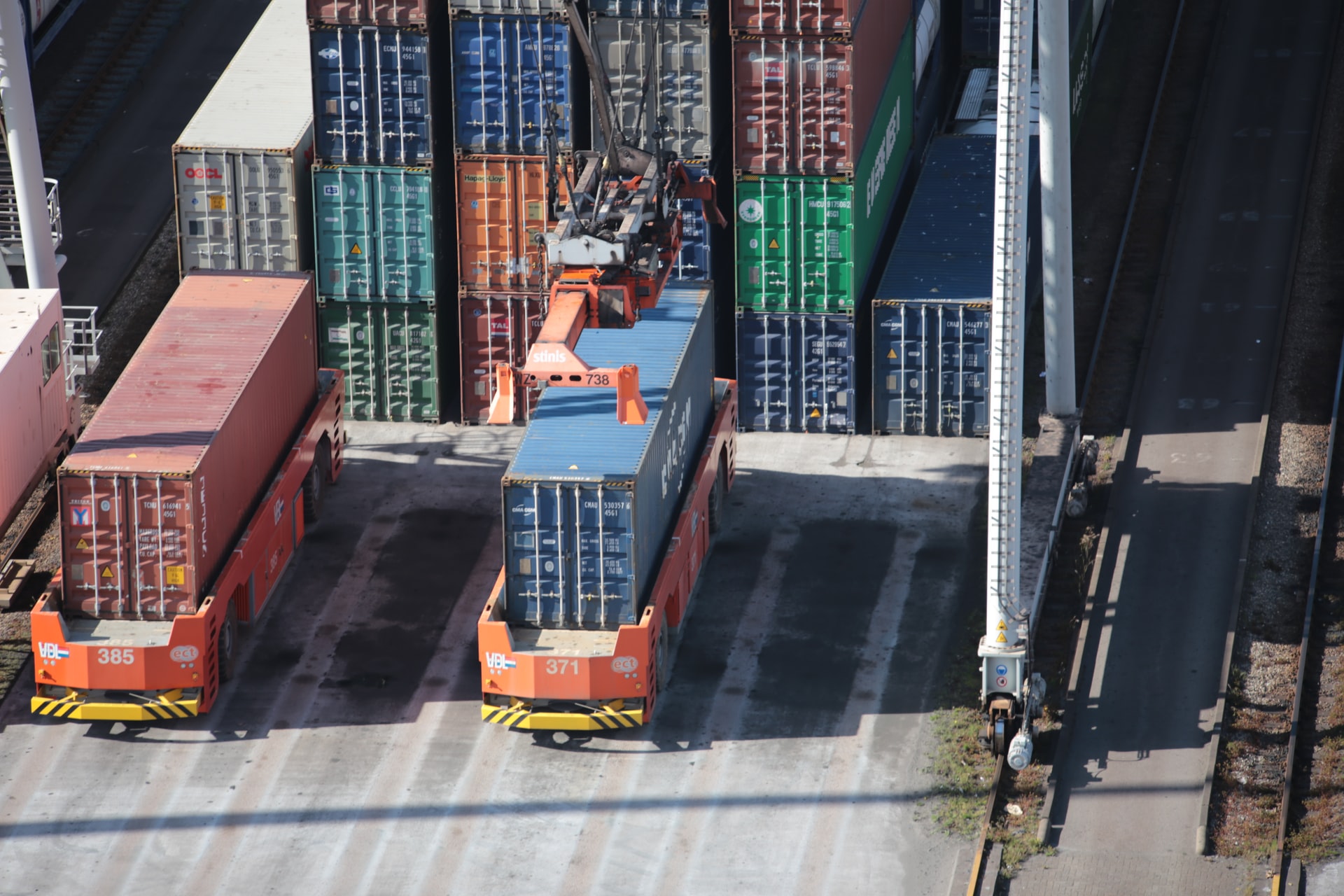
McLean was able to solve the cargo transportation issue by modifying the basic structure of the standard-sized Second World War tanker vessels which the U.S. Army used to aid in the faster distribution of goods.
Before McLean’s standard shipping container, the British had already started using some kind of modern shipping containers for combined rail and horse-drawn transport at the end of the 18th century.
By the 1830s, in fact, the railroads were transporting containers suitable for other transport modes, too.
All in all, McLean was right in his knowledge that both shipping companies and trucking carriers would benefit from a standardised process of cargo transfer. Standard shipping containers:
- Ensured cargo was safe and sealed while in transit, thus reducing pilfering and damage
- Drastically reduced cargo transiting costs by eliminating unwanted disassembly and reassembly processes
- Made it possible to transport large amounts of cargo, ensuring transporters benefited from economies of scale
- Ensured that water navigable channels could be used to transit freight internationally
Today, container ships rival crude oil tankers and bulk carriers as some of the largest commercial seaborne vessels. With maritime shipping being the backbone of world trade, it is estimated that 80% of all goods are carried by sea.
If for whatever reason you’re interested in buying a container in Kenya, there are some things you should know:
1. Containers Principally Belong to Shipping Lines
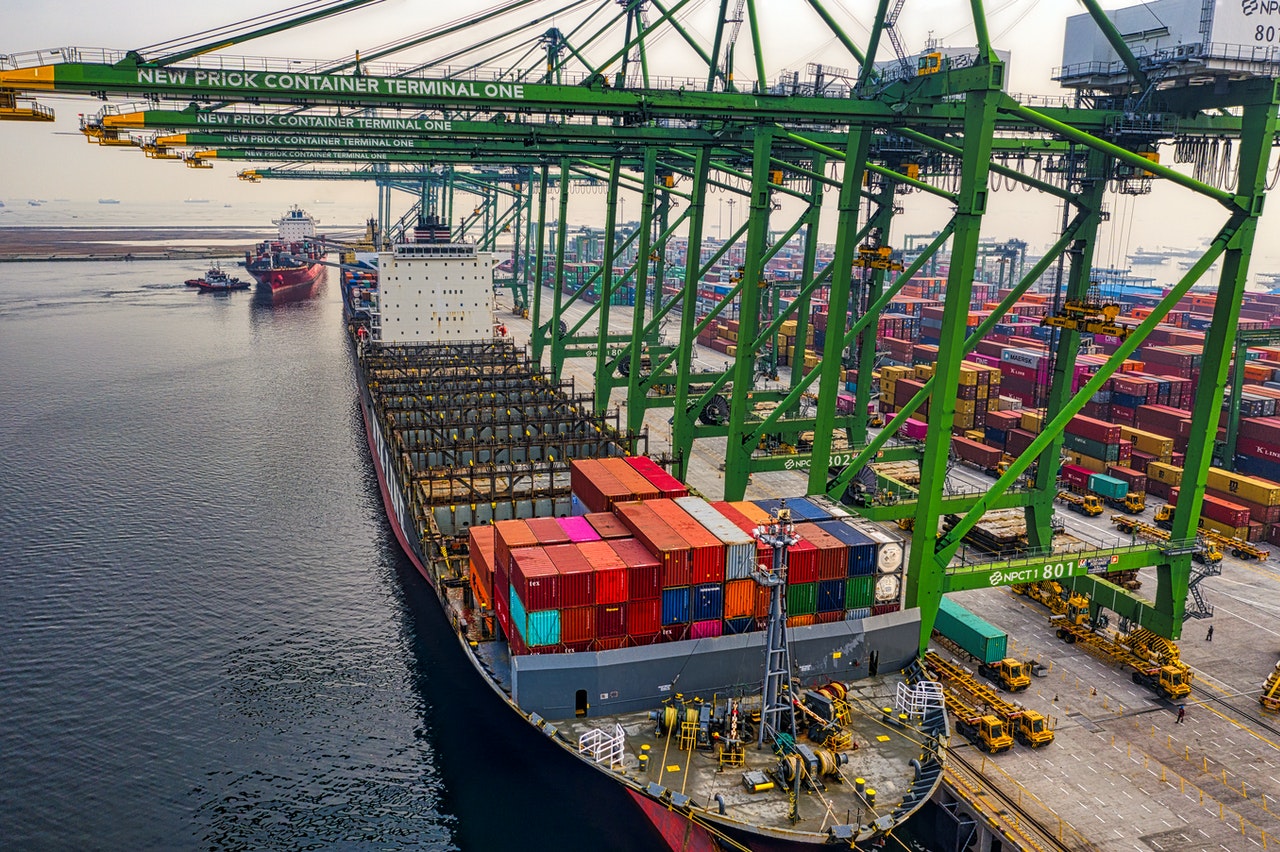
Shipping lines, or ocean carriers, directly own a large portion of shipping containers. This type of container ownership is known as carrier-owned containers or COC.
COC is ideal for shipping lines because it gives them direct control over the supply of containers, meaning they are much better able to match their supply with their total vessel capacity and container distribution, overall.
Some of the largest shipping lines that own containers include:
- Maersk
- Evergreen
- CMA CGM
- Mediterranean Shipping Company (MSC)
- Cosco
One of the main advantages of COC for shipping lines is that they can give you or any other shipper an ‘all-in price’ for moving the cargo from one place to another.
A major challenge, however, is that the vast routing network of shipping lines can mean that shipping lines may at times fail to have containers available at certain places due to an undersupply, or even just unpredictable demand and supply patterns.
This problem is solved by container leasing companies, which collectively own more than 52% of the global container population. Shipping lines typically lease containers from these companies when they don’t have enough containers on hand which they can release to shippers.
The important thing to understand is that used shipping containers only become available for other general uses when shipping lines sell them.
2. Documentation Is Critical When Buying Containers
You must have the proper papers that legitimise your claim to owning your container unit.
Remember, containers have identification markings that make it possible to track them anywhere on earth. Each container unit has a serial number that’s unique to it. So, you might find yourself in hot soup if you don’t have valid documentation proving ownership.
Some of the critical documents you’ll need to safely buy a used container in Kenya include:
- A formal quotation note
- An invoice
- An official receipt
- A sale agreement
- The container logbook (container outward interchange)
Check for consistency across these documents, as well as with the identification markings on your container. Due diligence is especially important when it comes to the quantity and the description of the container(s).
Expert Tip: The container logbook is the primary document showing ownership. Ensure the serial number that appears on it matches those on your container’s number plate.
3. Containers Have Registration Plates
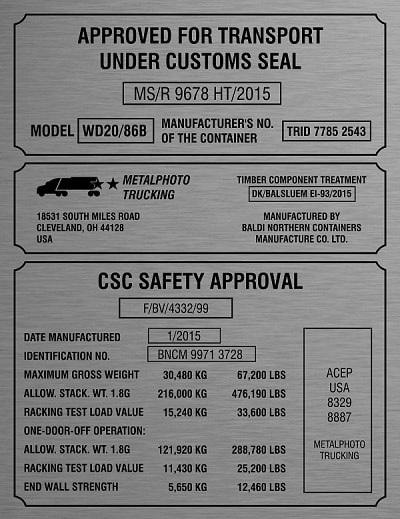
Any container that’s used for international transport must have a valid safety approval plate known as the CSC Plate.
This requirement came about after a conference that was jointly convened by the United Nations and the International Maritime Organisation adopted the International Convention for Safe Containers (CSC) in 1972.
CSC Plates are typically riveted to the outside of a container’s left door, and they’re fastened to every shipping container at the time of manufacture.
Each CSC Plate has to contain, in either English or French, the:
- Prominently displayed words “CSC SAFETY APPROVAL”
- Country of approval as well as the approval reference
- Specific month and year of container manufacture
- Container’s maximum weight-carrying capability (“payload” or “max net mass”) in both kilograms (kgs) and pounds (lbs)
- Container stacking and racking test load value
- Manufacturer’s container identification number OR, if it’s an existing container without this number:
- A container Operator’s operational number (using a BIC Code), OR
- The number allotted by the Administration
Today, the CSC Plate is usually included as part of a Combined Data Plate which has other plates that are necessary for containers to be used in international trade. These include the Customs Plate and the timber treatment details.
Expert Tip: Never buy a container that doesn’t have a CSC Plate or whose plate has been so defaced the writing is illegible. Such containers may not be ‘clean’ or they might have been acquired irregularly at some point.
4. Check for Wear and Tear Before Buying
Granted, you can’t quite expect to get a spanking new container in tip-top shape when you’re shopping for a used one that’s being disposed of by a shipping line.
Nonetheless, there’s no reason not to thoroughly check the inside and outside of whichever container you’re keen on buying before the money changes hands.
It’s good practice to confirm there are no dents or holes in the container, and that it isn’t rusting already.
The best way to check if the container you want has holes is to lock yourself inside. If you spot a ray of light entering anywhere, then you know there’s a problem with the container.
Also, because some containers have wooden flooring, you should check if any part is broken or rotten. You should also check if there are any visible exterior dents before you go ahead with the purchase.
5. Delivery and Safety Considerations to Keep in Mind
One of the first things you can do is ensure the delivery truck can access the container’s resting location with ease.
The delivery location should ideally be on level ground that’s as big as your shipping container. You should choose an area that’s free from debris and whose ground is not very soft to prevent the container from sinking when it’s been put into place.
Then, make sure you follow the driver’s instructions and stand clear during any lifting of the container. Doing so will greatly minimise your chances of suffering any serious and avoidable injuries.
Care is necessary because an empty 20-foot container weighs about 2.3 tonnes while a 40-foot container weighs about 3.75 tonnes. Therefore, it’s necessary to use a forklift or crane to offload your container and position it at its preferred final resting place.
Using crude methods such as sliding the container is not advisable.
6. Put Your Container on Raised Ground
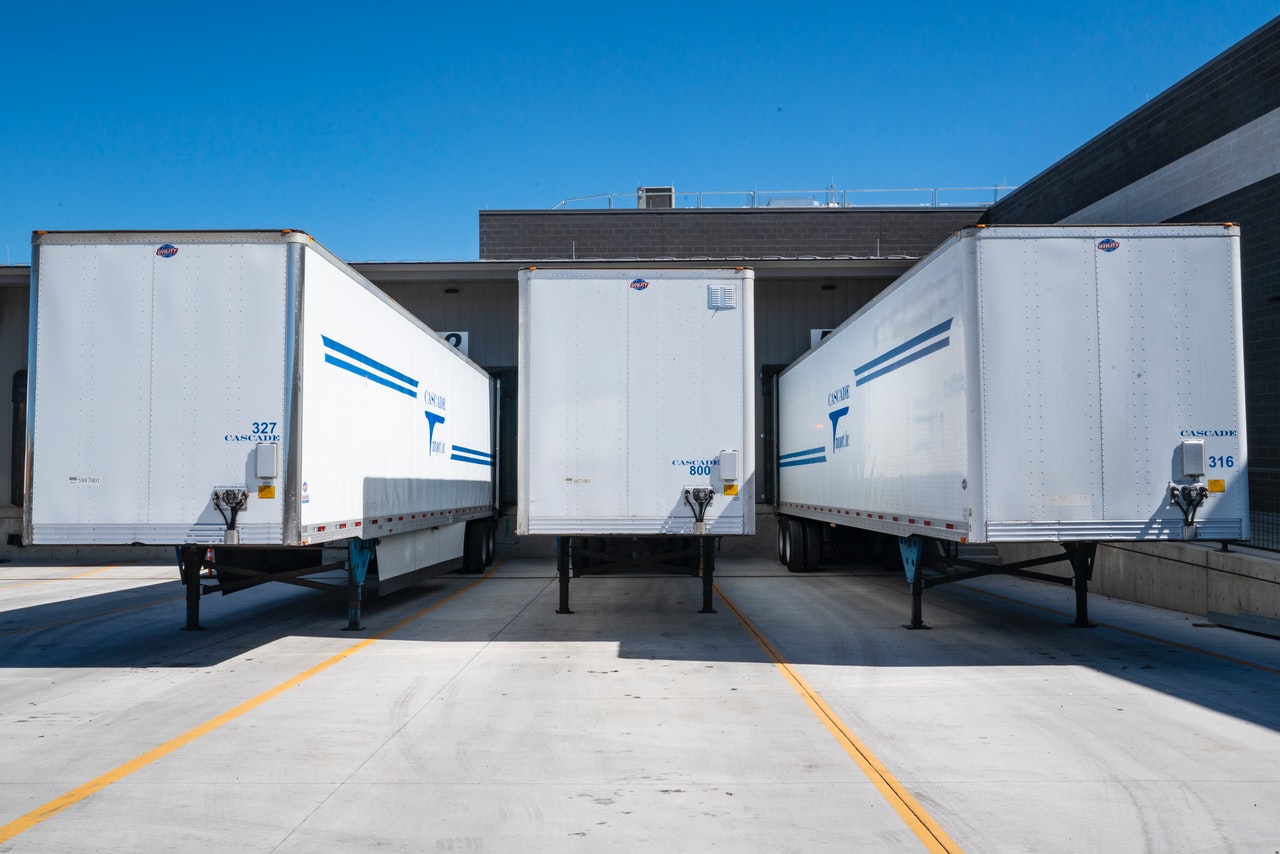
Take some time to carefully consider where you want to situate your container before preparing the site and having it delivered. Physically mark out the space it’ll take up with cones or some other markers so you can better visualise and understand how the space will be taken up.
Once you’ve figured out a suitable spot, ensure you set your container on raised ground so it doesn’t sit in any mud or wet puddles. The raised ground also allows airflow underneath the container which dries out its underside in between wet spells.
In addition to preventing rusting and water from getting inside the container, the raised ground can prolong the life of the container’s underside.
Since containers are heavy, it’s not easy to move them around. For this reason, you should take the time to establish where yours should be set down once it’s delivered.
7. Cost Considerations to Keep in Mind
When you’re buying a container, remember to clarify that its total cost includes the container price, loading and unloading costs, as well as transport costs to the location you’d prefer to have it situated.
You need to watch out for unscrupulous dealers who might quote a ridiculously low price only to later add some extra related costs such as delivery fees and other handling fees. You also want to clarify how much building a resting place for your container will cost beforehand.
Container prices fluctuate based on demand and supply. Since mid-2021, for instance, there has been a serious shortage of containers globally.
For this reason, shipping lines haven’t been selling their used containers, which has made the prices of the 1X20’ units available for retail in Nairobi shoot higher than US$ 3,000.
Typically, a used empty 20’ container costs between Ksh 250,000 to Ksh 300,000 while a 40’ container costs between Ksh 450,000 to Ksh 500,000.
Nonetheless, if you happen to spot a good deal, don’t let yourself be bullied into the sale. Claims such as, “This is the last container at this price” should not prevent you from carrying out due diligence.
8. Companies that Specialise in Selling Containers in Kenya
We hope that this definitive guide on what you should consider when buying a container for local use in Kenya will more than equip you to venture into this project with your eyes sufficiently open.
We understand the task of shopping for such a container can be quite overwhelming if you don’t know where to start. For this reason, we’ve identified a few of the companies that specialise in selling used containers in Kenya you could start with. In no particular order, they are:
- Almar Container Group
- Containers 254
- Containers Kenya
- Mauru Containers
- Premium Containers
Remember to practice due diligence when engaging with any of these or other companies out there.
Lastly, while we might not sell used shipping containers for local use, we sure know our way around using them when helping you with cross border moves or international moving. Don’t hesitate to get in touch with us for moving-related advice or a free moving estimate.



